Corcovado National Park is the playground of one of the most wanted adventures in Costa Rica. Still, it remains as a rather unspoiled and difficult place to access.
Although it sits in a remote corner of Costa Rica, this protected area offers tourists the possibility of visiting the rain forest (primary and secondary areas) in as little time as one day. For those like us who are curious about Nature but not hardcore explorers, this is an excellent place to get acquainted with the flora and fauna of the region.
Before heading to Corcovado National Park I did a lot of reading to understand how to get there and, mainly, how to explore the area.
Do we need a guide?
Should we join a group?
How long do we ideally need?
First of all, you would need to get to the park or one of closest towns: Drake Bay or Puerto Jimenez. As both places are remote, you need to either fly there or do a land+boat transport combination.
This article focuses on exploring Corcovado National Park departing from Drake Bay, as this is what we did. We took a flight into this bay town: the most scenic flight ever, over mountains and sea, via NatureAir, about USD75 each way.
In the dry season, you can drive all the way to Drake Bay (we met other people who did this) but coming from most parts of Costa Rica this will be a long journey, through a lot of unpaved, sometimes muddy road.
We decided to fly for the convenience of it and, although it’s not particularly cheap, you shouldn’t look at it like a regular flight. It’s more like an aerial tour. Departing from San Jose to Drake Bay you go over the mountains and realize that, indeed, most of the Costa Rican territory consists of protected areas. The bushes look like broccoli down there. As you approach the destination, you go over the sea with panoramic views. Some people have been lucky to spot whales on their flight. We didn’t, but that didn’t make it any less impressive.
Beware that if you have a weak heart, this flight might not be for you! It shakes a lot and you feel more like you are on a flying bus rather than on a steady flight. It was scary at first, but a lot of fun after a little while. And it was indeed safe.
At Drake Bay there are several options for lodging, from budget cabins to middle range hotels that offer things that are truly luxuries for this rustic place, such as hot water. Walking around you will come across several options (including private houses) with a “room for rent” board put up. If you come by flight, though, we recommend you take a taxi to the town where accommodation options exist, as the “airport” is a bit far out (about 15 minutes by pick-up truck/cab). There might not be cabs upon arrival, but ask in the little “duty free shack” and someone shall help you out calling into town.
After all the research and experience on site, here are the 3 main ways you can opt for visiting the park:
1. Stay in a lodge and take a day tour
This is what we did and I believe a one day adventure might be enough for most regular visitors interested in hiking around the park and observing the animals.
Staying in Drake Bay, you can book a tour within your lodge or any of the hotels around. Most of them offer a standard package and, in January 2012, we paid USD86 per person, with breakfast and a lunch box included, at Cabinas Manolo.
After an early rise and breakfast at dawn, you take a short walk to the beach where a motor boat will be waiting for you and your tour group (about 10 or 12 people). This boat ride takes about 1.5 hours and will make sure you are fully awake by the time you reach the park.
Once in the park, your guide will walk you around pretty much non-stop and, depending on your luck on a given day, you’ll be able to spot a variety of wildlife that might include creatures such as: boa constrictor, wild chicken, monkeys, wild pigs, sloths, butterflies, rare birds, tapir, ant-eaters and little super-cute sand crabs.
The walk will only be interrupted by lunch time, when the group gets to sit by the river to eat lunch. We ate lunch right where a crocodile wanted to have us for lunch – pretty cool! And, as long as you don’t get into the water, it’s safe as well.
The tour will take you through primary and secondary rain forest areas, as your guide explains details on the flora and animals you encounter, passing by the Sirena Rangers building for a washroom stop and eventually ending at the beach where you take the boat back.
It’s tiring and it can get really hot, but the good news is that the terrain is pretty flat, so most people should be fine. We had a couple of ladies in our group that would have been around 65 years old, and they hiked like teenagers!
On the boat trip back to Drake Bay, we were lucky enough to spot whales swimming rather close to our boat. It wasn’t the whale season, so we were gladly surprised! At appropriate times of year, you can actually take a half day or full day boat trip for whale-watching.
2. Hire a private guide and explore the park by yourself
If you think a day tour around the park won’t suffice for your desires to go into the wild, you can stay for 2 or more days, doing sleep overs in the Rangers Stations inside the park, the most popular for this being Sirena.
They offer lodging and some basic and overpriced food – you are in the middle of nowhere and getting supplies there is difficult! So it might also be a good option to bring your own goodies.
If you are not a pro explorer, I can’t stress enough the importance of having a guide with you. If we wouldn’t have had a guide, I don’t think we would have spotted half the animals we had the chance to see. When you go to the park with your own private group, you should be able to hire a guide in advance. The guide will charge per day, so it’s up to you to put a group together if you want to split expenses.
You can find guides contacts on Wikitravel and even Lonely Planet’s forums. Always go with someone’s recommendations, not a random self-appointed guide who might be able to spot as much wildlife as you would on our own! Asking for recommendations on forums might be the best option!
3. If you are a PRO, do it on your own!
If you are a pro, you can always go to the park by yourself! Whether you want to spend only one day or more, you can get in by land or, quicker and more scenic, by boat. Just spot the boats at the beaches that usually transport tour groups and ask for a ride. I am sure they’d be happy to take you for a small fee.
Once in the park, you still need to pay the park entrance (which would normally be included in the tour prices) and, once inside, you are on your own!
As the trails are marked in a lot of areas, chances are you are going to come across other explorers and tour groups, and I noticed that most guides and people would talk amongst themselves, giving each other tips of where a cool animal could be hiding.
If you want to experience a more only-you-and-Nature time, it’s recommended you get deeper into the vast area of the park, where you are more unlikely to come across other tourists.
Please note that going around the park solo is not for everybody. It’s not like going to the Zoo and there are real dangers out there. For instance, you need to know at what timings you should be reaching certain areas, so that you are able to cross the rivers when the tide is low. When the tide goes up, you know who’s hiding there underwater, don’t you? And you wouldn’t want to come so far to end up going back, right? Also, keep in mind that timings are important and that eventually, when it gets dark, you should be able to reach one of the rangers stations to spend the night.
When going solo, I guess it’s best to have a plan and not just wander around.
Whenever you go to Corcovado National Park, no matter which way you choose to explore it, I am sure you will enjoy the experience out in Nature.
And please say HI to the sloths for me!

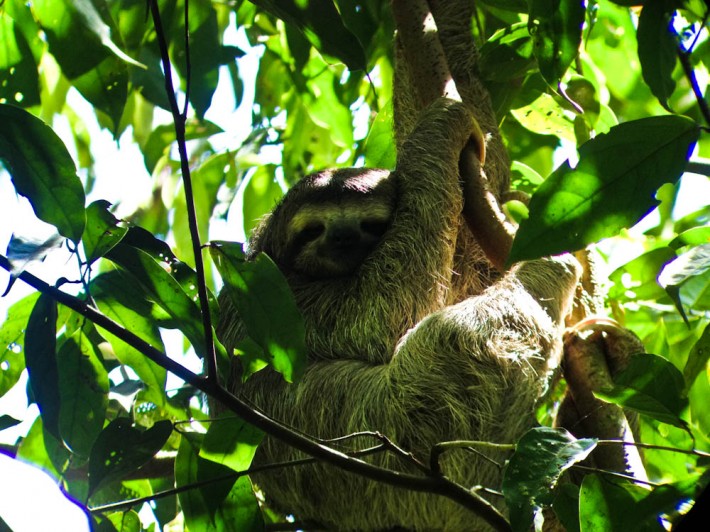


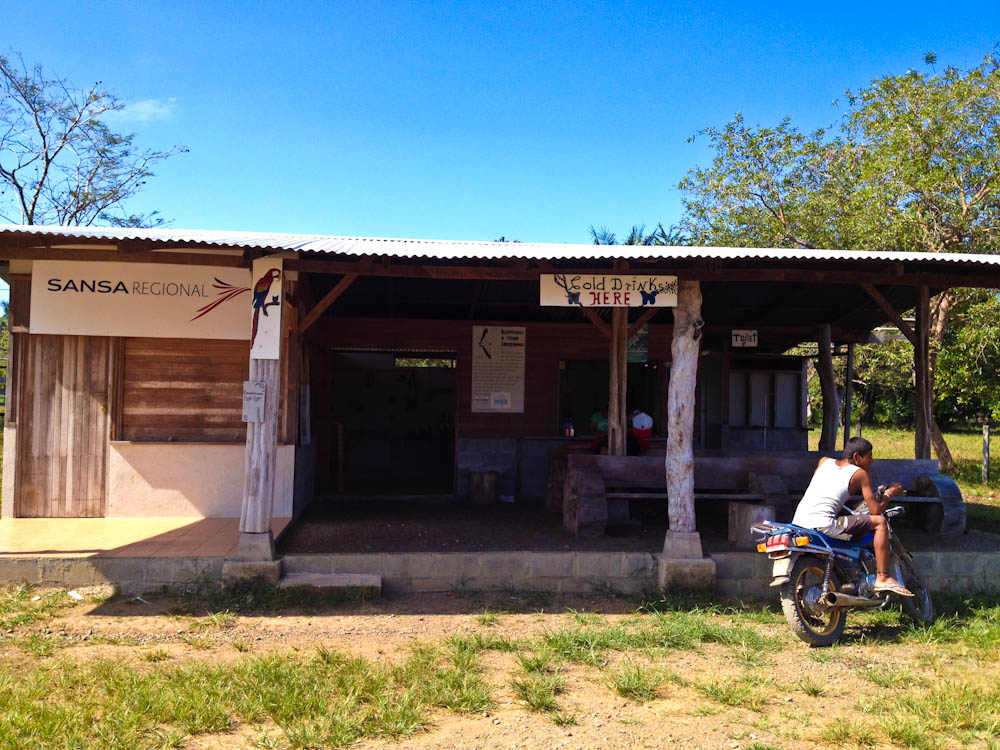

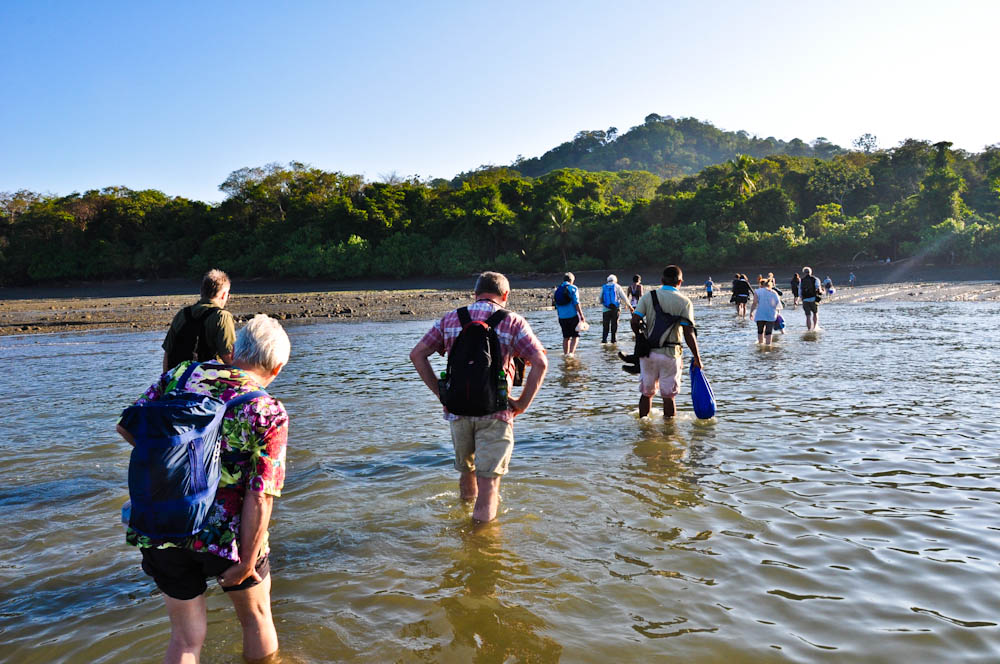







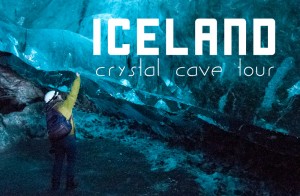
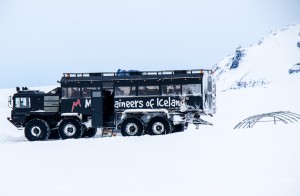
SLOTHS!!!!! SLOTHS!!!!! I want to go too!
Pingback: 10 reasons why you should move to Costa Rica | Backpack Me
Great article! As much as I would likely have a heart attack on that flight (planes and me don’t go together…) the thought of seeing sloths would get me through the journey :) I’ll have to put this on the bucket list!
The flight is worth it, believe me! I also got a bit scared as we took off, but after 5 or 10 minutes you are taken away by the landscape and you get used to the bumpy ride! :)
Pingback: Drake Bay’s Virgin Beaches | Backpack Me
Pingback: 2012 Piggy Awards | Backpack Me
Pingback: Into the Wild! Our Amazon Trip: Part 2/2 | Backpack Me
Pingback: Time to take a pretty flight | Backpack Me
Pingback: All the way up! | Backpack Me
Pingback: 2012 in 12 videos! | Backpack Me
Hi you guys,
I just love the video you shot at the Corcovado. We will be there as well in five weeks and can’t wait. I’m interested in the type of camera you used for filming. I have a very good camera for taking photos but looking for another one to shoot high quality videos with when in Costa Rica. Can you tell me which model you used? Thank you!
Hi Judith,
I’m happy to read you like the video! :)
It was shot using a Sony HXR MC50.
You can watch more of our travel videos on our Youtube Channel, here: http://www.youtube.com/piggybackrideAZ
Cheers and have a great trip to Costa Rica!
Pingback: The black sands of Drake Bay | Backpack Me
Great read – thanks so much for the article. I went to Costa Rica a few years ago, La Fortuna and Manuel Antonio and completely fell in love. I promised myself I would return to explore the Osa Peninsula. Planning a trip for March. This is super helpful.